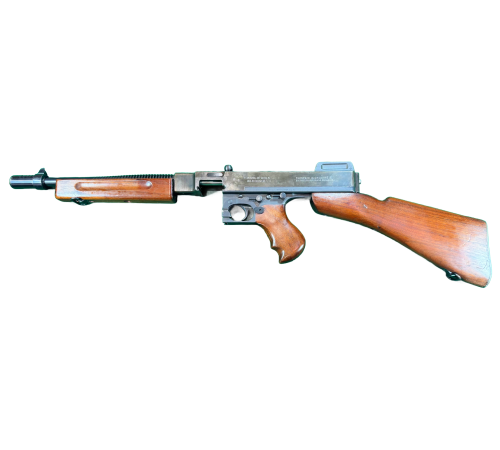WWII Uniforms

WWII Military Uniforms
Each military uniform of World War II represented the soldier's look while demonstrating specific national tactical needs and environmental demands and ideological beliefs. The uniforms of each nation incorporated specific features and changed their design during the war period from practicality needs to propaganda goals. The following section examines the uniform styles used by each major belligerent power during World War II.
American Uniforms (U.S. Army and Marine Corps)
The U.S. military adopted standardized combat attire during the beginning of the 1940s. The M1941 Field Jacket evolved into the M1943 Field Jacket which provided enhanced durability and warmth. The U.S. infantry wore woolen trousers and shirts under their jackets together with M1 steel helmets which gained international recognition as GI gear. The Pacific theater required Marine Corps soldiers to use HBT (herringbone twill) fatigues with camouflage together with lighter uniforms. Combat boots differed per theatre, but standard footwear consisted of leather service shoes together with canvas leggings.
German Uniforms (Wehrmacht, SS, Luftwaffe)
German military uniforms gained a negative reputation for their functional appearance that became less practical throughout the war period. The M36 Field Tunic got its bottle-green collar and insignia, but the war resource shortages forced the adoption of simplified M40 and M43 field tunics. Waffen-SS personnel wore camouflage patterns on their uniforms which included both "pea dot" and "oak leaf" designs. The black wrap-around tunic became a standard part of Panzer elite unit uniforms. Luftwaffe personnel wore distinctively colored blue-gray uniforms which differed from other military branches. Paratroopers received specialized jump uniforms while Luftwaffe service members wore unique blue-gray attire.
Soviet Russian Uniforms (Red Army)
The Red Army established functional uniforms as their top priority alongside mass production requirements. During the initial stages of the war the Red Army used the M35 tunic but transitioned to the M43 tunic which maintained shoulder boards and a standing collar design. Soviet troops used both pilotkas (side caps) and the well-known ushanka winter hat. The Soviet military employed portyanki as an alternative to traditional socks. The harsh winter conditions demanded that Soviet tank crews and officers received leather coats and padded uniforms thus demonstrating the Red Army's ability to operate in extreme environments.
British Uniforms (Army and Commonwealth Forces)
The British Army introduced its battledress uniform before the war which consisted of a short woolen blouse with khaki brown coloring and high-waisted trousers. Throughout the war the Mk II steel helmet known as the "Tommy helmet" remained the standard issue. British forces modified their military attire for desert and jungle warfare and Arctic operations while paratroopers received Denison smocks with camouflage designs. Forces from Commonwealth nations added specific changes to their uniform based on their military deployment zones.
Japanese Uniforms (Imperial Japanese Army)
The military attire in Japan faced specific challenges because of its geographical position in Asia-Pacific. The standard military attire consisted of lightweight khaki or mustard-colored cotton clothing which included both tunic and trousers and required soldiers to use gaiters and puttees. The standard helmet became the Type 90 which followed European designs while soldiers commonly used the field cap with neck flaps. Rank officers displayed their status through shoulder board distinctions, but non-commissioned personnel used basic insignia. The Japanese military uniform displayed organizational discipline and military austerity but failed to provide sufficient protective gear for cold-weather missions.
The uniforms from World War II combined military practicality with permanent visual representations of each nation's wartime activities. The original uniforms from this time period are sought after by collectors because they provide direct access to the international conflict which restructured the world as we know it today.
